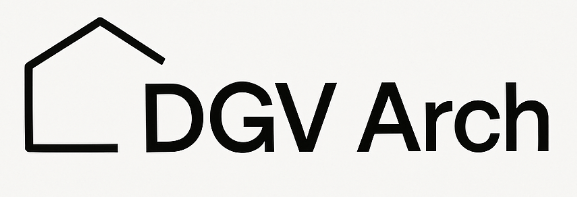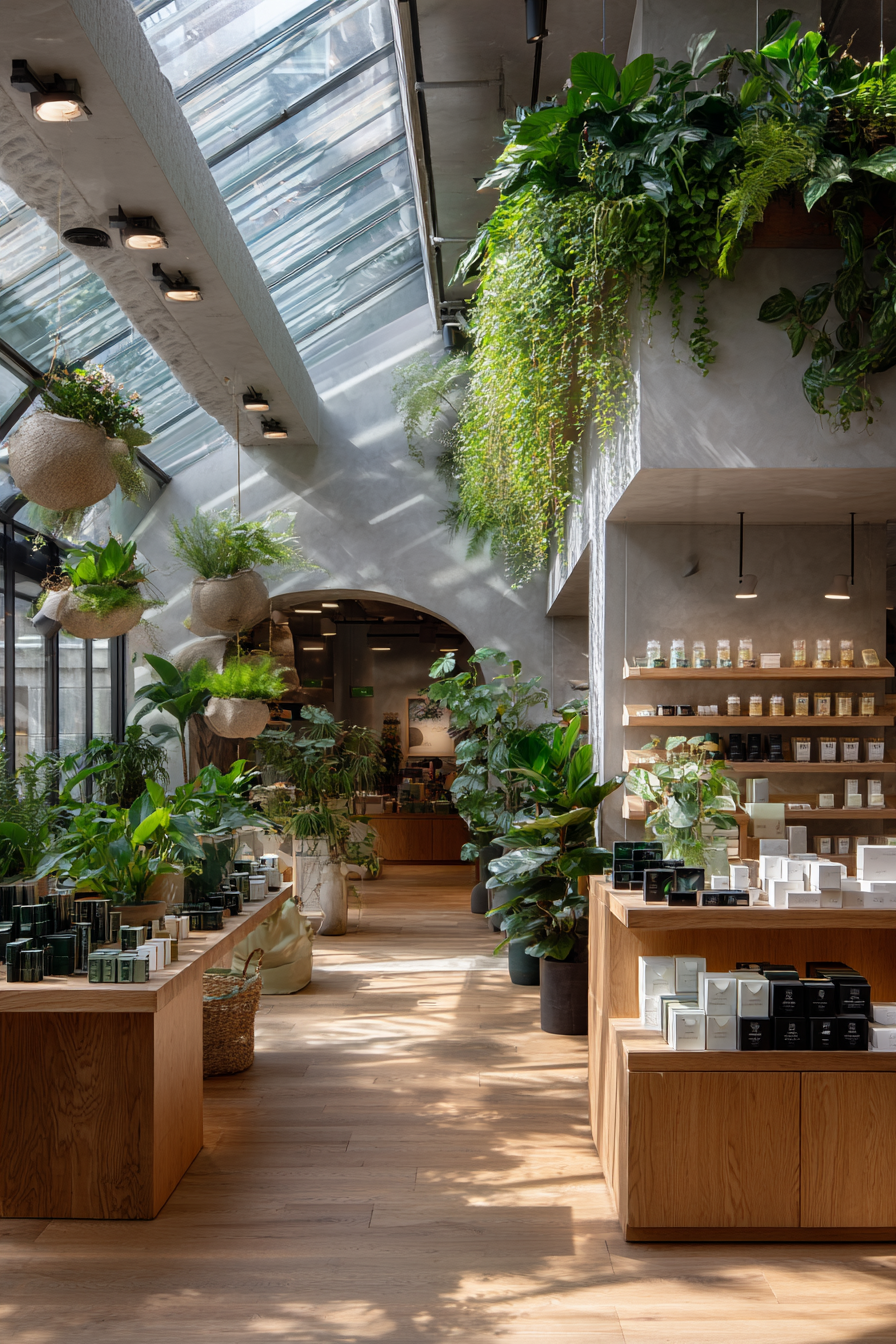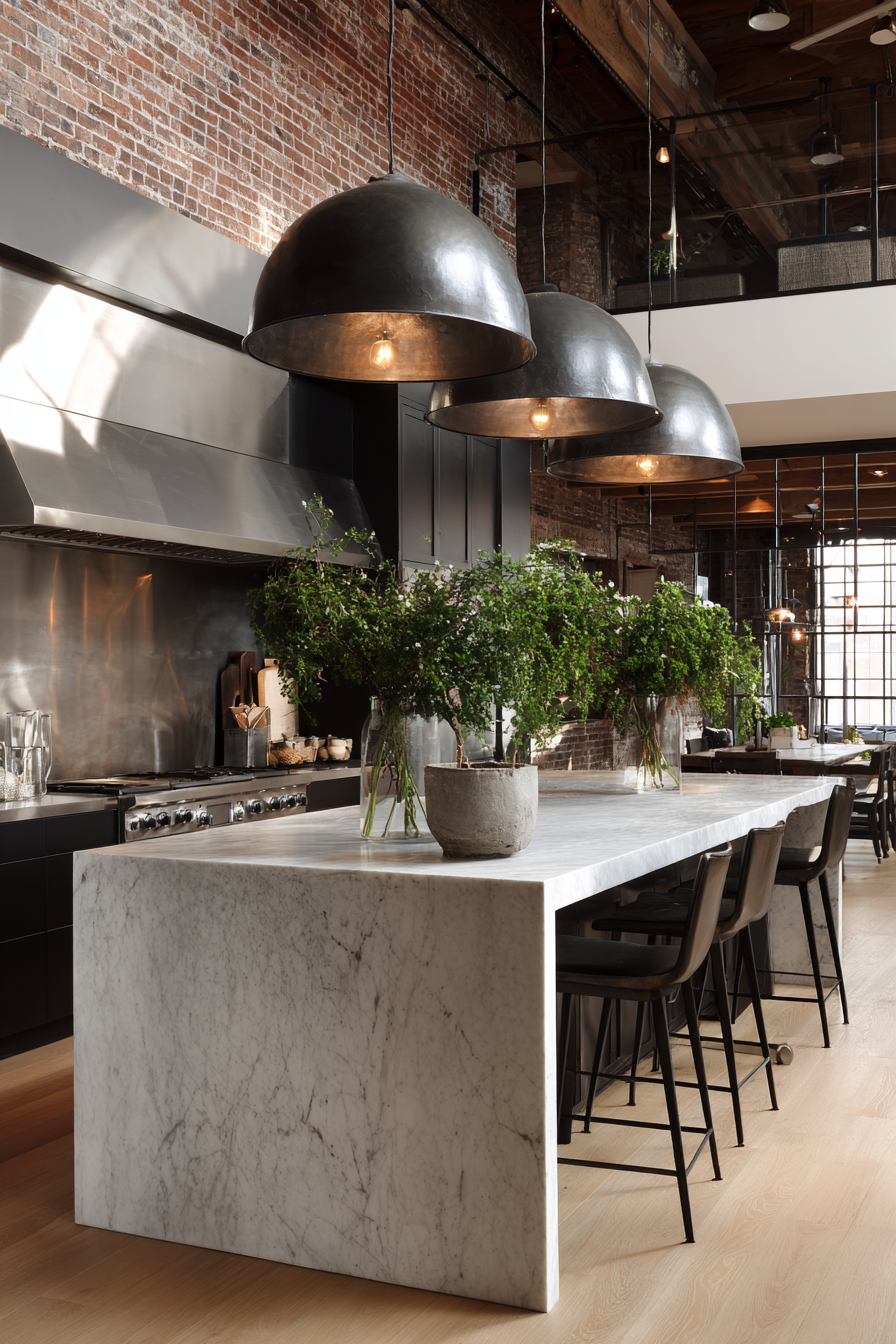Did you know that buildings use nearly 40% of global energy? As we move towards more sustainable design, adding nature to buildings is key. This is called biophilic architecture.
Looking ahead to 2025, bringing nature into building design is becoming more popular. This article will show 10 amazing examples of biophilic architecture. They are changing how we see sustainable design. These designs range from homes to office buildings, showing how we can improve our surroundings.
Key Takeaways
- Discover the benefits of incorporating nature into building design.
- Explore 10 examples of biophilic architecture for 2025.
- Learn how sustainable design is transforming the built environment.
- Understand the impact of biophilic architecture on energy consumption.
- Find out how different types of buildings are adopting biophilic design.
The Evolution of Biophilic Architecture in Modern Design
Modern architecture is now embracing biophilia, bringing nature indoors. This change is driven by the need for sustainable designs. These designs aim to reduce environmental harm and improve our health.

Core Principles of Nature-Inspired Building Design
Biophilic architecture focuses on using natural elements like light, air, and water. It achieves this through various methods, including:
- Maximizing natural light through strategic window placement
- Using natural ventilation systems to reduce air conditioning needs
- Incorporating green roofs and walls to boost biodiversity
- Choosing natural materials to lessen environmental impact
Benefits of Integrating Nature into Architecture
Bringing nature into buildings has many advantages. It improves air quality, cuts down energy use, and boosts our health. Studies reveal that being near nature can increase productivity, lower stress, and enhance overall health.
| Benefit | Description | Impact |
|---|---|---|
| Improved Air Quality | Increased use of natural ventilation and green spaces | Reduced respiratory diseases |
| Reduced Energy Consumption | Strategic use of natural light and shading | Lower energy bills and reduced carbon footprint |
| Enhanced Wellbeing | Exposure to natural elements and green spaces | Improved mental health and productivity |
By adopting biophilic architecture, we can build structures that are good for our planet and our health. As we progress, finding new ways to merge nature with our buildings is key.
Residential Biophilic Architecture: Creating Living Homes
Biophilic architecture is changing how we build homes. It makes spaces that live with nature and improve it. This move towards eco-friendly construction is more than a trend. It’s a key change in designing our homes.
1. The Living Canopy House: Single-Family Homes with Integrated Ecosystems
The Living Canopy House is a top example of biophilic design. It combines single-family homes with nature. These homes fit perfectly into their surroundings, giving a special living experience.

Design Elements and Natural Features
The Living Canopy House has large green roofs, living walls, and big windows. These features make the homes look great and help them save energy.
Some key natural features include:
- Native plants that need little care
- Rainwater harvesting systems
- Natural air systems that cut down on AC use

The Living Canopy House has many benefits. It uses less energy and helps local wildlife. Architects, engineers, and landscapers work together to make these homes beautiful and useful.
The benefits are:
- Less carbon footprint
- Better air quality
- More biodiversity
2. Vertical Garden Apartments: Multi-Family Living Among Plants
Vertical Garden Apartments are another new idea in biophilic design. They surround multi-family homes with plants. These apartments offer a peaceful place to live and help the city’s environment.



Communal Green Spaces and Private Gardens
Vertical Garden Apartments have special areas. They have green spaces for everyone and private gardens for each family. These spots are where people can enjoy nature and each other’s company.
Some of the features include:
| Feature | Description | Benefit |
|---|---|---|
| Communal Green Spaces | Shared areas with seating and landscaping | Fosters community among residents |
| Private Gardens | Individual garden spaces for residents | Provides personal space for relaxation |
Maintenance Systems and Ecological Impact
Vertical Garden Apartments have advanced systems for upkeep. These systems check on the plants, water, and the environment’s health.
By using eco-friendly construction and focusing on sustainability, these apartments have a small ecological footprint. They also offer a great living experience for those who live there.
Commercial Biophilic Architecture Transforming Workplaces
The modern workplace is changing with biophilic principles in commercial architecture. This change is because people see the good that nature does for employees and businesses.
3. The Breathing Office Tower: Corporate Headquarters with Living Facades
The Breathing Office Tower is a top example of biophilic design in corporate architecture. Its living facade makes the building look better and helps keep the air inside healthy.

Productivity-Enhancing Natural Elements
Adding natural elements like green walls and lots of natural light helps employees work better and feel happier. Some benefits are:
- More creativity and focus for employees
- Better air quality from natural ventilation
- A nicer look, making the workplace more enjoyable
Energy Efficiency Through Biophilic Design
The Breathing Office Tower also saves a lot of energy. It uses natural light and green spaces less, cutting down on artificial lighting and HVAC needs.
Key energy-saving features are:
- Green roofs that keep the building warm in winter and cool in summer
- Windows placed to let in lots of natural light and air
- Shading systems to block too much sun
4. Retail Biophilia: Shopping Centers as Urban Forests
Retail Biophilia is a new trend. Shopping centers are being made to look like urban forests, giving shoppers a special experience.




Customer Experience in Nature-Infused Spaces
Natural elements in retail spaces make them more welcoming and fun for customers. This can make people stay longer and be happier.
The benefits of nature in retail spaces are:
- A better shopping experience with nature
- More loyal customers because of the unique setting
- Possible higher sales from a nicer shopping experience
Brand Identity Through Green Architecture
Businesses can also use biophilic design to show their brand’s values. Green architecture shows a commitment to being eco-friendly and caring for the environment.
Examples of successful brand identity through biophilic design include:
| Brand | Biophilic Design Element | Impact |
|---|---|---|
| Brand A | Green walls and living roofs | Looks eco-friendly |
| Brand B | Natural materials and lots of natural light | Keeps customers coming back |
Educational Facilities Embracing Nature-Inspired Design
Adding natural elements to school buildings is changing how we learn. Schools now use biophilic design to create places that help students do well in school and feel good. They also help students connect with nature.
5. The Forest School: Learning Environments with Living Classrooms
The Forest School is a leader in using nature in schools. It combines outdoor and indoor areas, giving students a special way to learn. By mixing indoor and outdoor spaces, The Forest School encourages students to explore and connect with nature.






Being around nature helps students think better, be more creative, and solve problems. The Forest School’s design uses these benefits to make a learning space that helps students succeed.
Outdoor-Indoor Learning Spaces
The Forest School is known for its mix of outdoor and indoor learning areas. Classrooms open up to gardens and green spaces. This mix makes learning more interesting and helps students feel closer to nature.
By using nature in their design, schools like The Forest School are changing how we learn. As we keep exploring biophilic design, it’s clear that living buildings will be key in shaping education’s future.
Healthcare Facilities Harnessing the Healing Power of Nature
Healthcare facilities are now using biophilic architecture to bring nature inside. This means adding natural elements and green spaces to hospitals. It aims to make a healing environment for patients and staff.
6. Healing Gardens Hospital: Patient Recovery Through Biophilic Design
The Healing Gardens Hospital is a great example of biophilic design. It has lush gardens, natural light, and air. This creates a calm atmosphere that helps patients recover faster.
Studies show patients in rooms with natural views and elements get better faster. They also stay in the hospital for less time.






Evidence-Based Design for Improved Outcomes
The design of Healing Gardens Hospital is based on solid research. It shows that biophilic elements can really help patients. They reduce stress, lower blood pressure, and improve mood.
The hospital’s design also allows for flexible spaces. These can change to meet patient needs.
Staff Wellbeing and Operational Efficiency
The biophilic design of Healing Gardens Hospital also benefits staff. It gives them natural light and green spaces. This boosts their morale and cuts down on burnout.
Also, using natural ventilation and lighting saves money. It makes the hospital more sustainable.
In summary, biophilic architecture in healthcare facilities like Healing Gardens Hospital is a big step forward. It combines design that heals with care for both patients and staff. These facilities are leading the way in healthcare.
Public Spaces Reimagined Through Biophilic Principles
Public spaces are getting a new look thanks to biophilic principles. This change makes cities more livable and eco-friendly. It also makes them look good and improves the health and happiness of people living there.
7. Urban Canopy: Libraries and Community Centers as Ecosystem Hubs
Urban Canopy projects turn libraries and community centers into lively hubs. They add green roofs, living walls, and natural materials. This makes the inside feel like the outside.




Social Connectivity in Natural Settings
These community hubs bring people together by adding natural elements. This makes it easier for people to meet and feel part of a community. It strengthens bonds and a sense of belonging.
Climate Resilience Through Green Infrastructure
The green features in Urban Canopy projects help cities fight climate change. Green roofs and walls cool the city, clean the air, and handle stormwater.
8. The Living Bridge: Transportation Infrastructure with Ecological Functions
The Living Bridge idea changes how we think about bridges. They’re not just for crossing; they also support wildlife and make walking better.




Pedestrian Experience Among Natural Elements
Walking on The Living Bridge is special because of the natural surroundings. Green spaces and water features make it peaceful and fun.
Wildlife Corridors and Habitat Creation
The Living Bridge also helps wildlife by creating habitats. It uses native plants and designs that help local animals. This boosts urban biodiversity.
In summary, making public spaces better through biophilic principles is a big step. It leads to more sustainable design and better cities. By using nature-inspired buildings, cities can make life better for everyone and protect the environment.
Hospitality and Tourism Embracing Biophilic Architecture
Luxury resorts are now using biophilic design. They mix natural beauty with architectural innovation. This change is making the hospitality and tourism industries better. It offers guests unique experiences that are both fun and good for the planet.
9. Immersive Nature Resorts: Luxury Accommodations Blended with Ecosystems
Immersive nature resorts lead in biophilic architecture in hotels. These high-end places are built to fit right into their natural surroundings. They give guests a real feel of being in nature.




Key Features of Immersive Nature Resorts:
- Integration with local ecosystems
- Use of natural materials in construction
- Incorporation of green spaces and living walls
- Maximization of natural light and ventilation
Guest Experience and Wellness Benefits
The design of these resorts aims to improve the guest experience. They surround guests with nature. This helps guests relax and feel better, away from daily worries.
The wellness benefits of biophilic design in hotels are clear. Guests feel less stressed, happier, and more focused. They get to enjoy luxury while helping the environment.
Sustainable Tourism Practices
Sustainability is key in biophilic architecture in hotels. Immersive nature resorts follow green practices. They aim to keep the natural beauty around them safe for the future.
Sustainable Practices Include:
- Energy-efficient systems and renewable energy sources
- Water conservation measures
- Waste reduction and recycling programs
- Support for local communities and ecosystems
By using biophilic architecture, hotels and tourism can offer special, green, and healthy experiences. These experiences are good for both guests and the planet.
Industrial Facilities Transformed Through Green Design
Industrial facilities are getting a new look thanks to biophilic design. This mix of nature and manufacturing spaces is more than just pretty. It makes places more sustainable, productive, and healthy for workers.
10. The Living Factory: Manufacturing Spaces with Integrated Natural Systems
“The Living Factory” is a big change in industrial design. It makes manufacturing spaces not just useful but also adds natural elements. Think green roofs, living walls, and lots of natural light.




Using biophilic principles in industrial facilities cuts down on environmental harm. It also makes work better for employees. This can make them happier and less likely to leave their jobs.
Worker Wellbeing and Productivity
Research shows that workers in spaces with nature do better. Natural light, plants, and views of the outdoors lower stress and boost mood.
- More natural light helps with vitamin D and keeps our body clocks in check.
- Plants clean the air and cut down on pollutants.
- Looking at nature reduces stress and sharpens the mind.
Circular Economy Principles in Building Operations
Using circular economy principles is key for less waste and more sustainability in industrial sites. It means designing systems that fix and renew themselves.
| Principle | Description | Benefit |
|---|---|---|
| Reduce | Less waste and using fewer resources. | Save money and help the planet. |
| Reuse | Use things again when possible. | Less waste and saves resources. |
| Recycle | Recycle things when they’re done. | Less trash and saves resources. |
By going green and using biophilic design, industrial sites can do less harm to the environment. They also make workspaces healthier and more productive. As the industrial world changes, green design will be key to its future.
Conclusion: The Future of Biophilic Architecture Beyond 2025
The future of biophilic architecture looks bright. Designs will focus on being sustainable and eco-friendly. They will also prioritize the wellbeing of those who live or work there.
Living buildings are changing how we connect with our surroundings. This is true for homes and big industrial spaces alike.
Biophilic architecture is more than a trend. It’s a push towards a better balance between humans and nature. By adding natural elements to our buildings, we can make the air cleaner, reduce stress, and increase productivity.
The examples in this article show the power of biophilic architecture. As our built environment keeps changing, living buildings will be key in shaping our future.




